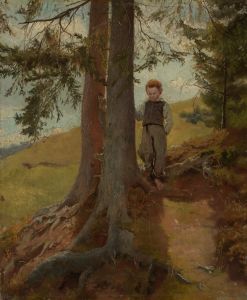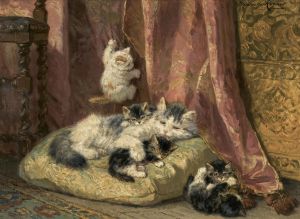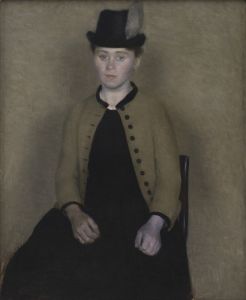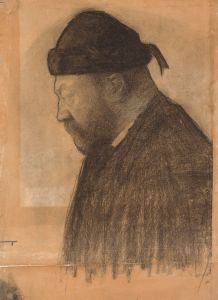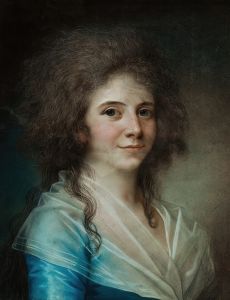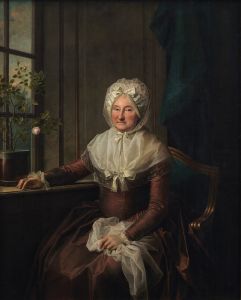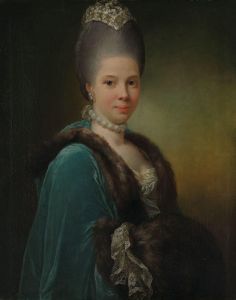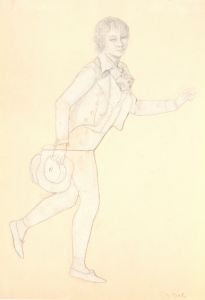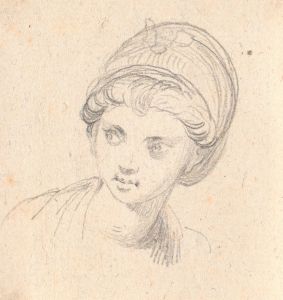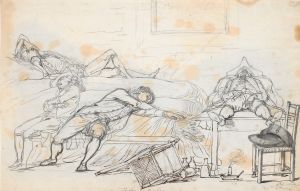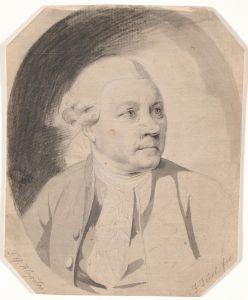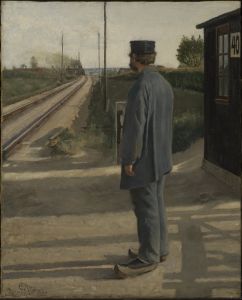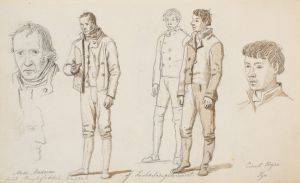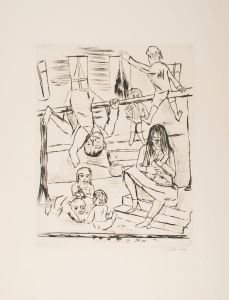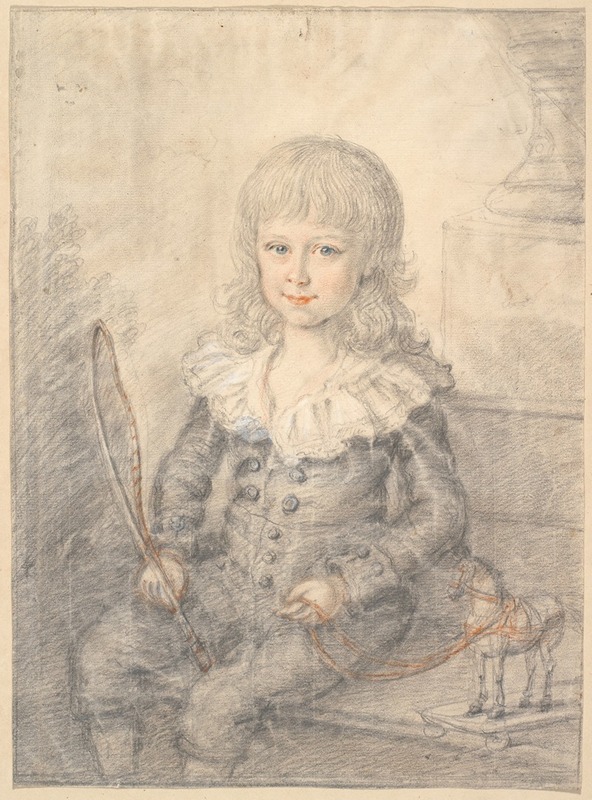
Portræt af dreng med en legetøjshest
A hand-painted replica of Jens Juel’s masterpiece Portræt af dreng med en legetøjshest, meticulously crafted by professional artists to capture the true essence of the original. Each piece is created with museum-quality canvas and rare mineral pigments, carefully painted by experienced artists with delicate brushstrokes and rich, layered colors to perfectly recreate the texture of the original artwork. Unlike machine-printed reproductions, this hand-painted version brings the painting to life, infused with the artist’s emotions and skill in every stroke. Whether for personal collection or home decoration, it instantly elevates the artistic atmosphere of any space.
Jens Juel was a prominent Danish painter in the 18th century, known for his portraits and landscapes that captured the essence of Danish aristocracy and the natural beauty of the country. One of his notable works is "Portræt af dreng med en legetøjshest," which translates to "Portrait of a Boy with a Toy Horse." This painting exemplifies Juel's skill in portraiture and his ability to convey the innocence and charm of childhood.
Jens Juel was born on May 12, 1745, in Balslev, Denmark. He studied under the Danish painter Johan Hörner and later attended the Royal Danish Academy of Fine Arts in Copenhagen. Juel's career flourished as he traveled across Europe, spending time in Germany, France, and Italy, where he was influenced by the works of other European masters. Upon returning to Denmark, he became a sought-after portraitist among the Danish nobility and bourgeoisie.
"Portrait of a Boy with a Toy Horse" is a fine example of Juel's portrait work, showcasing his attention to detail and his ability to capture the personality of his subjects. The painting depicts a young boy, elegantly dressed, holding a toy horse. The boy's expression is serene and contemplative, suggesting a moment of quiet play. Juel's use of light and shadow adds depth to the portrait, highlighting the boy's features and the textures of his clothing.
The toy horse in the painting is a significant element, symbolizing childhood innocence and the imaginative world of play. During the 18th century, toys such as this were often handcrafted and considered luxury items, reflecting the social status of the family. The inclusion of the toy horse not only adds a personal touch to the portrait but also provides insight into the cultural context of the time.
Juel's technique in this painting is characteristic of his style, with smooth brushwork and a subtle color palette that enhances the naturalism of the portrait. His ability to render fabrics and materials with precision is evident in the detailed depiction of the boy's attire. The background is kept simple, ensuring that the focus remains on the subject.
Throughout his career, Jens Juel painted numerous portraits of children, capturing the innocence and purity of youth. His works are celebrated for their elegance and the psychological depth he brought to his subjects. "Portrait of a Boy with a Toy Horse" is a testament to Juel's mastery of portraiture and his contribution to Danish art.
Juel's paintings are held in high regard and can be found in various collections, including the National Gallery of Denmark. His legacy as one of Denmark's leading portrait painters continues to be recognized and appreciated for its historical and artistic significance.





